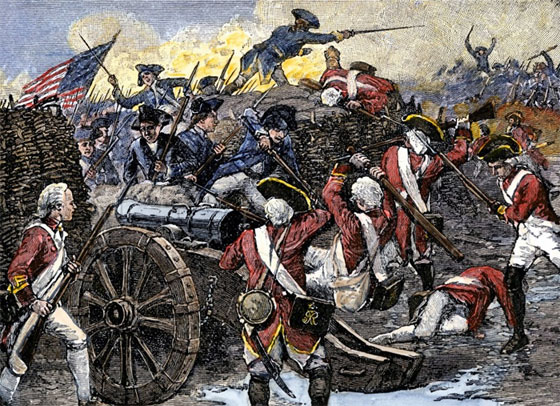
PHOTO: britishbattles.com
Last time on Battles that Made History, we talked about the legendary Battle of the 300, commonly known as Thermopylae, where Spartan general Leonidas held his ground against impossible odds in order to buy Greece time to defend themselves against the invading Persian army. It was a battle that’s been burned into history, a battle that stands as a testament to courage against unbeatable odds and the power of the indomitable human spirit.
This time, we’re talking about the Siege of Yorktown. Yorktown was, arguably, one of the most decisive battles of the American War for Independence. It led to the surrender of General Lord Cornwallis and the negotiation of peace treaty that acknowledged the independence of the American states from British rule.
The British Retreat
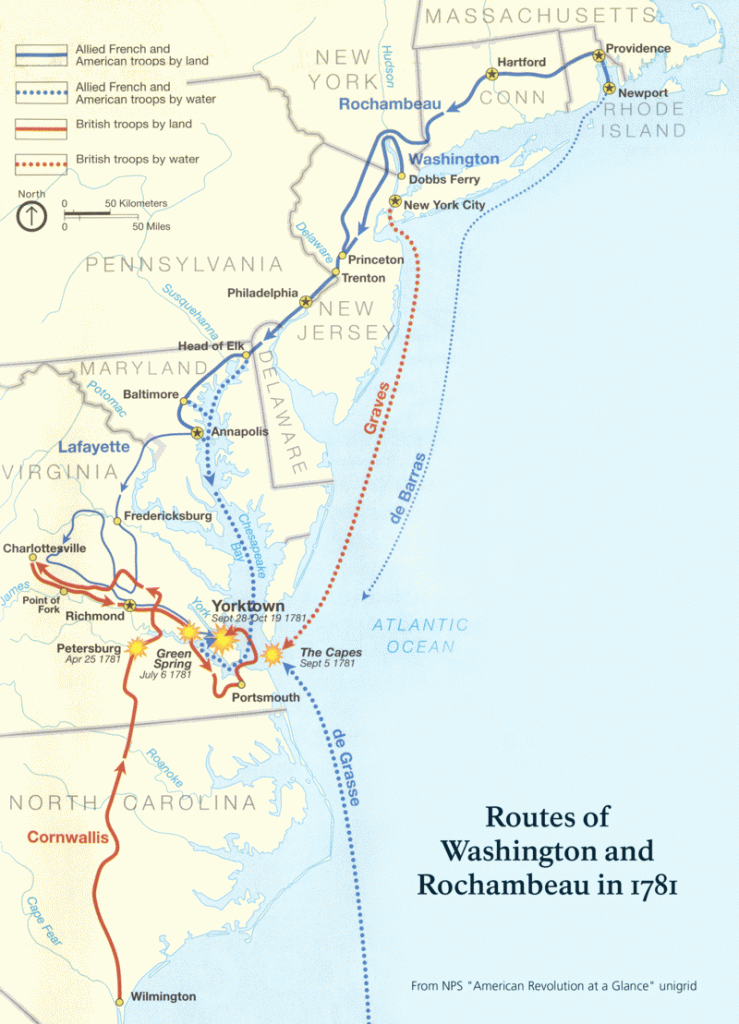
PHOTO: wikimedia
It was the summer of 1781, just a few years after the signing of the Declaration of Independence that had sparked this whole thing. Lord Cornwallis was the British commander during the American Revolutionary War, and he’d decided to retreat to Yorktown to quarter his troops for a little R&R.
They were fine for about three months. That fall, Colonial and French troops led by General George Washington were camped outside New York, mounting up for an assault on the city. When the American troops heard that the French were sending thirty-four ships with three thousand infantry were heading for Virginia, all thought of capturing New York was abandoned for a new plan.
Washington gathered up his troops and marched for Yorktown. The troops formed a semi-circle around the British entrenchments. Almost immediately, Cornwallis pulled his troops from their positions and into the city. The Americans swooped in and occupied the empty redoubts.
Waiting for Help
Instead of trying to march south to safety in the Carolinas or attempting to get to New York, Cornwallis sent word to the British at New York, asking for help. He was expecting Major General Clinton to sail down with reinforcements, but he didn’t know about the thirty-four French ships in the way.
On the way to Yorktown, the British fleet clashed with the French ships off the Virginia Capes. The admiral, Thomas Graves, was horribly outnumbered by the French navy, and after two days of fruitless maneuvers and a two-and-a-half hour long sea battle, the British admiral decided to cut his losses and abandon Cornwallis and sail back to New York.
There was no help coming for the English stationed at Yorktown.
Supplies and Redoubts Lost
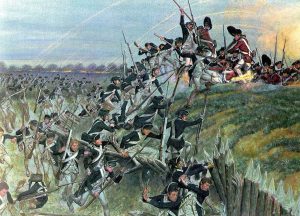
PHOTO: wikimedia
The American soldiers began a formal siege of Yorktown on the 30th of September. They were closing in. The French soldiers slipped close to the city with their siege artillery and began heavy bombardment on the 9th of October.
It just kept getting worse for Cornwallis. A few days later, the British lost two more strategic points, and the Americans captured British guns. In one last desperate attempt, Cornwallis tried to send his troops across the River York to Gloucester, but a storm blew in and they couldn’t make the crossing.
There was no help coming, and after almost a month of heavy siege, the British troops were without adequate supplies, ammunition, or food. They’d lost 500 of their men to the Americans and French.
The World Turned Upside Down
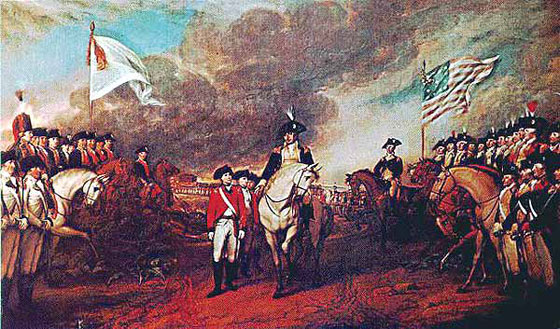
PHOTO: britishbattles.com
On the 17th of October, with no help in sight and no way out, Cornwallis marched out of Yorktown to General George Washington and surrendered. He had surrendered over 6,000 British troops and 240 pieces of artillery, small arms, ammunition and equipment.
The story goes that as the British men stacked their guns, the band played “The World Turned Upside-Down”. Not one of them had ever thought that the might of the British Empire would be thwarted by these upstart American colonies.
When the news reached the English Prime Minster, Lord North, he was reported to have exclaimed: “Oh God, it is all over!”
Aftermath
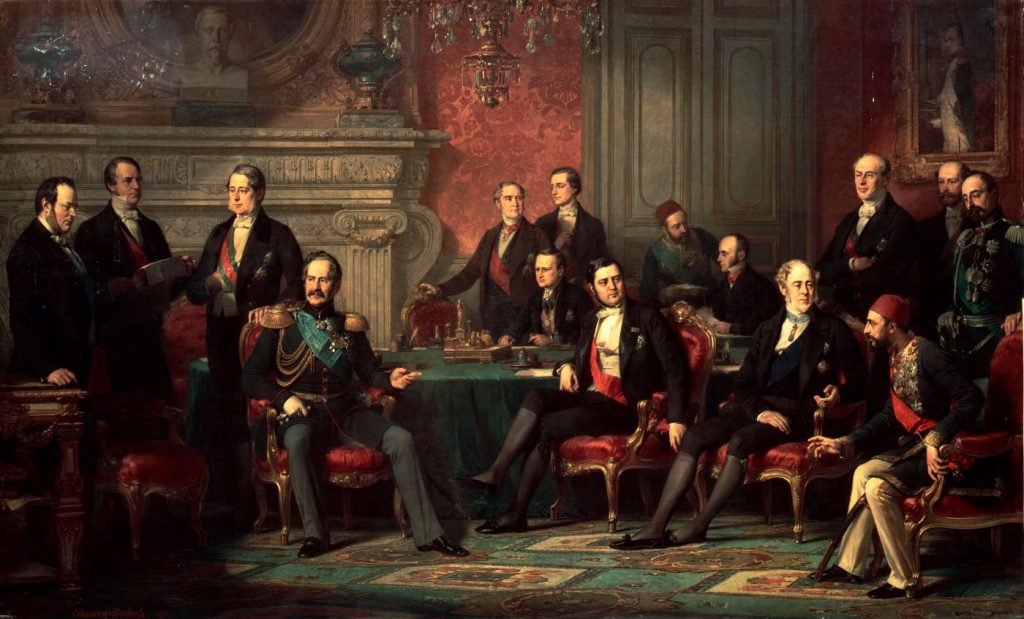
PHOTO: wikimedia
A formal surrender ceremony was held on October 19th. Cornwallis faked illness, and so he did not attend. His second in command, General Charles O’Hara, attended for him, and gave Cornwallis’ sword to the American Generals.
The fighting would continue for one more year. By 1782, the American colonies and the British crown began to negotiate a peace treaty. By September 3rd of the next year, in 1783, the English, French, and American leaders gathered in France to sign the famous Treaty of Paris. Finally, the American colonies were free. It was a victory that would never have been possible, had the English not surrendered at Yorktown two years earlier.

